Most of the items in the artifact collection at The National WWII Museum are graciously donated by WWII veterans or, more commonly in the last few years, their families. I’ve always found it odd that the keepsakes collected and saved by our servicemembers tend to be accoutrements of the enemy. To me, this speaks volumes to one of the favorite pastimes of the WWII GI—souvenir hunting. When the European Campaign ended, homeward-bound servicemen filled their duffel bags with Nazi helmets, flags, belt buckles, daggers, badges, weapons, or anything else they could find adorned with a swastika.
“While the Germans fight for world domination and the English for the defense of England, the Americans fight for souvenirs.”
John Steinbeck
Consequently, Third Reich items make up a large portion of the Museum’s artifact collection. In many cases, GIs risked life and limb to score war trophies from the enemy, and the Germans knew that GIs were more than willing to do it. As the Germans retreated from an area, many attractive souvenirs were left about, booby-trapped with grenades or explosives in the hopes of baiting a wide-eyed GI. Many soldiers paid the ultimate price in their quest for the ultimate war trophy.
In my opinion, our most impressive haul of Nazi war loot comes from a soldier named Larry Hirshbach. As members of the occupation force in Berlin in July 1945, he and a fellow soldier explored the bombed-out Reich Chancellery. Hirshbach and his buddy made their way through the rubble and ruins to Hitler’s office, where several Allied soldiers were smashing off pocket-sized chunks of Hitler’s marble desk top with hammers. Hirshbach rooted around the debris-strewn floor, determined to find something better. After sifting through layers of plaster and concrete, he uncovered items previous souvenir hunters had missed. An ink blotter, made of the same highly polished marble as the desk top, and Hitler’s personal stationary. Hirshbach promptly used the paper to write his wife, describing his exploits through the crumbling Chancellery.
Hirshbach retrieved an impressive piece of his collection from a charred storage vault in the basement of the Chancellery: a German Wound Badge commemorating the foiled plot to assassinate Hitler in July 1944. Perhaps the rarest of all German WWII military awards, the criteria of eligibility for the award applied to just 24 recipients.
-

Gift of Drs. James and Beverly Shaver, in Memory of Larry and Genie Hirshbach, 2011.255.011.
-

Gift of Drs. James and Beverly Shaver, in Memory of Larry and Genie Hirshbach, 2011.486.001.
-

GiGift of Drs. James and Beverly Shaver, in Memory of Larry and Genie Hirshbach, 2011.255.003.
-

-

Gift of Drs. James and Beverly Shaver, in Memory of Larry and Genie Hirshbach, 2011.255.007.
-

Gift of Drs. James and Beverly Shaver, in Memory of Larry and Genie Hirshbach, 2011.255.008.
-

Gift of Drs. James and Beverly Shaver, in Memory of Larry and Genie Hirshbach, 2011.255.008
On July 20, 1944, Colonel Count Claus Schenk von Stauffenberg carried a bomb with a time-delayed fuse inside his briefcase to a meeting at the Wolf’s Lair, Hitler’s headquarters in East Prussia. Moments after von Stauffenberg excused himself to make his escape, the bomb in his briefcase exploded. Hitler, von Stauffenberg’s intended target escaped with minor injuries. Four others were killed and 19 were injured.
Quickly apprehended, von Stauffenberg and an estimated 5,000 additional conspirators implicated in the plot were executed or forced to commit suicide; Field Marshall Erwin Rommel was the most prominent. To commemorate his survival of the blast, Hitler commissioned a special Wound Badge (the German equivalent to the US Purple Heart Medal) to those who were killed or wounded in the assassination attempt.
This special edition of the Wound Badge is immediately recognizable by the date—July 20, 1944, and Hitler’s signature embossed on the front of the award. Considered by collectors to be the “Holy Grail” of German WWII medals, this Wound Badge is often reproduced. The best counterfeit versions are correct down to the weight and maker’s marks on the back of the award, which make it very difficult to tell the difference between an original or a fake. The supporting documentation and objects in the Hirshbach collection establish bullet-proof provenance in verifying the authenticity of this obscure decoration, making it one of the rarest artifacts in The National WWII Museum’s collection.
Larry Decuers
Larry Decuers is a former Curator at The National WWII Museum and veteran of the US Army's 101st Airborne Division.
Cite this article:
MLA Citation:
APA Citation:
Chicago Style Citation:
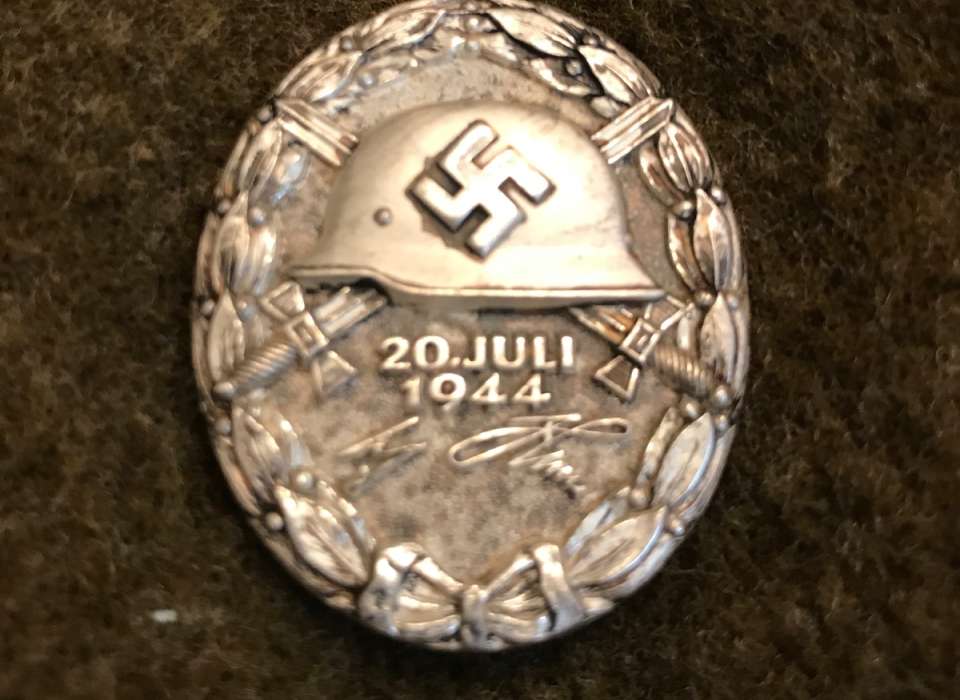
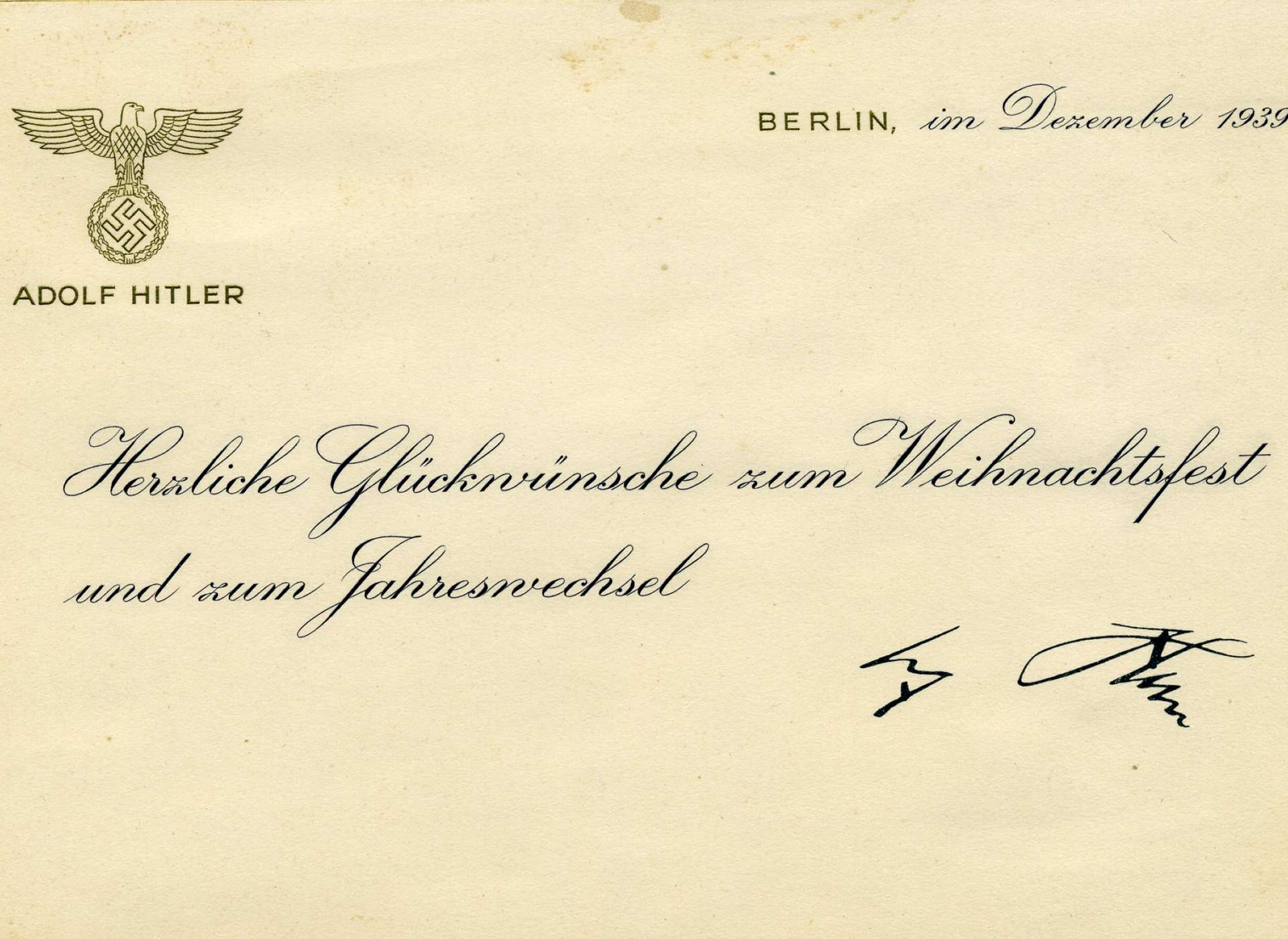

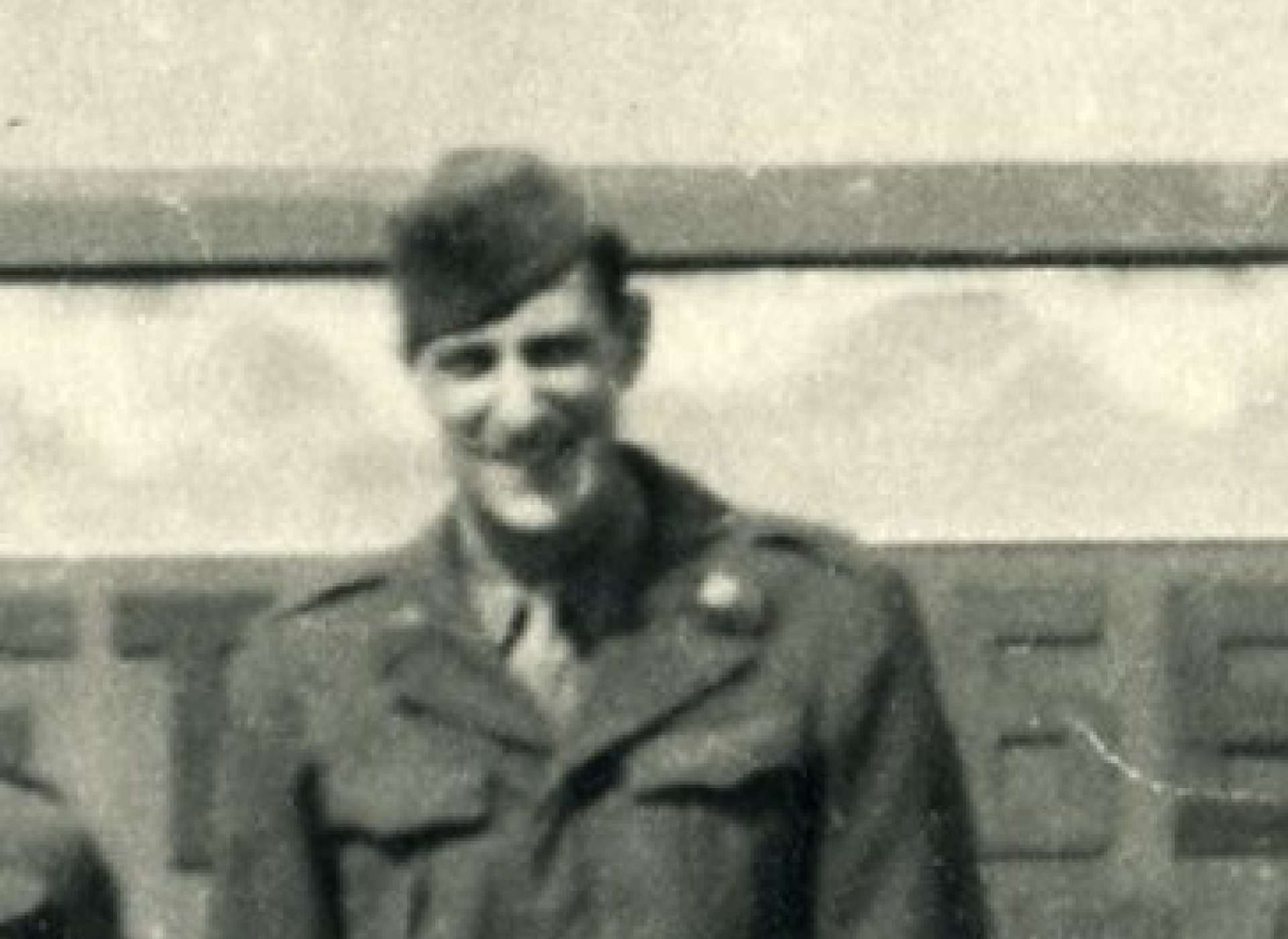
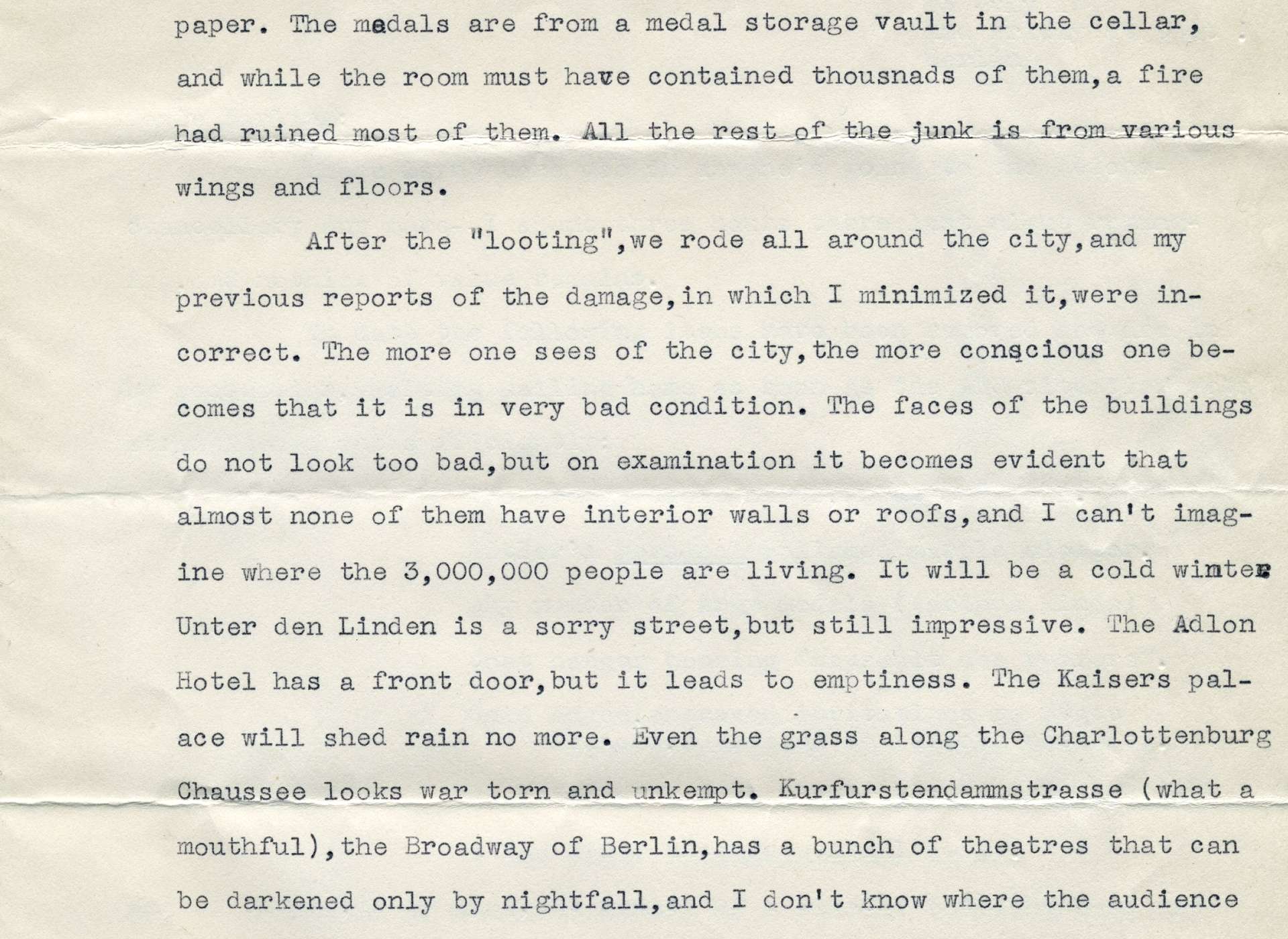
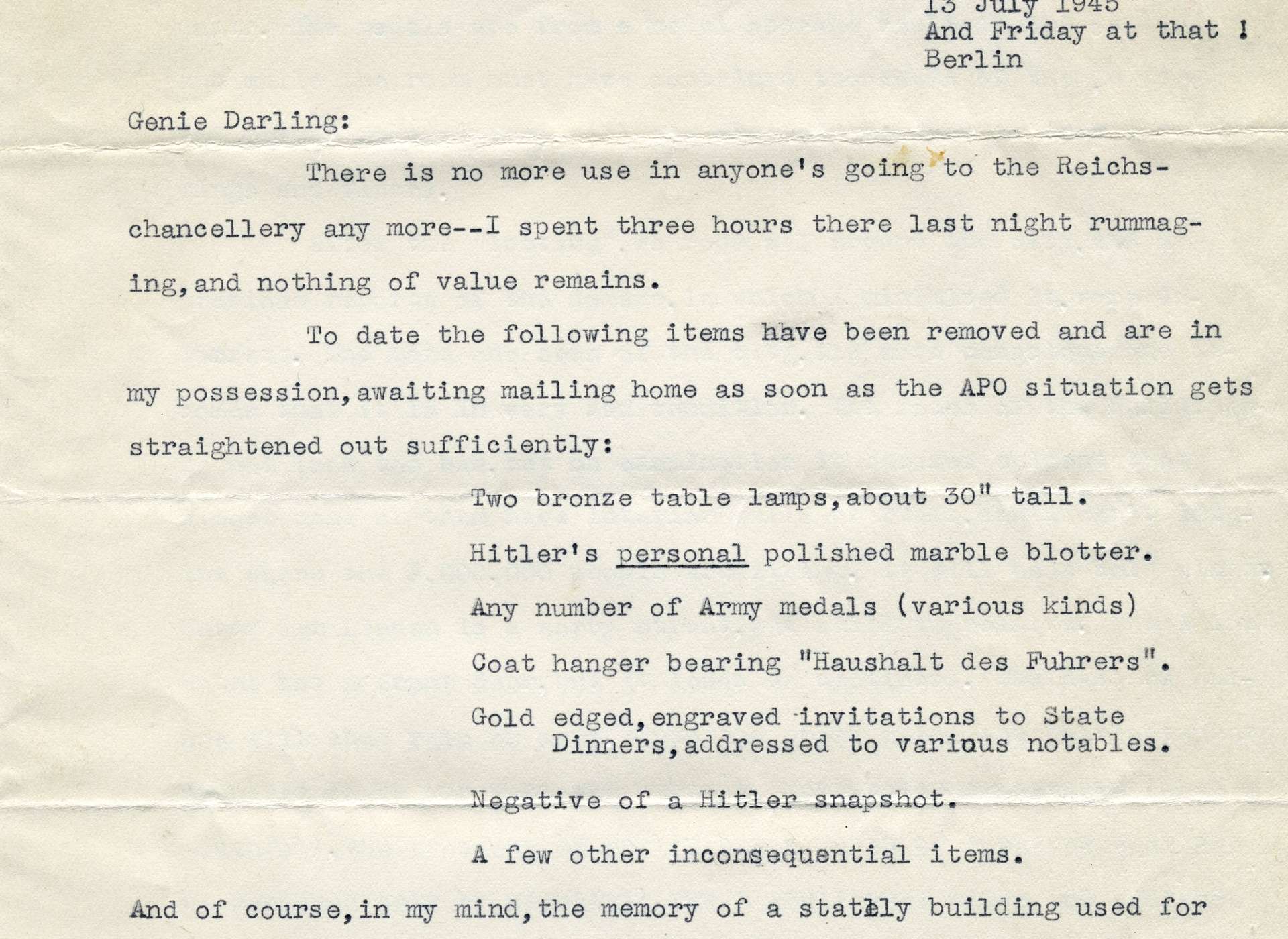
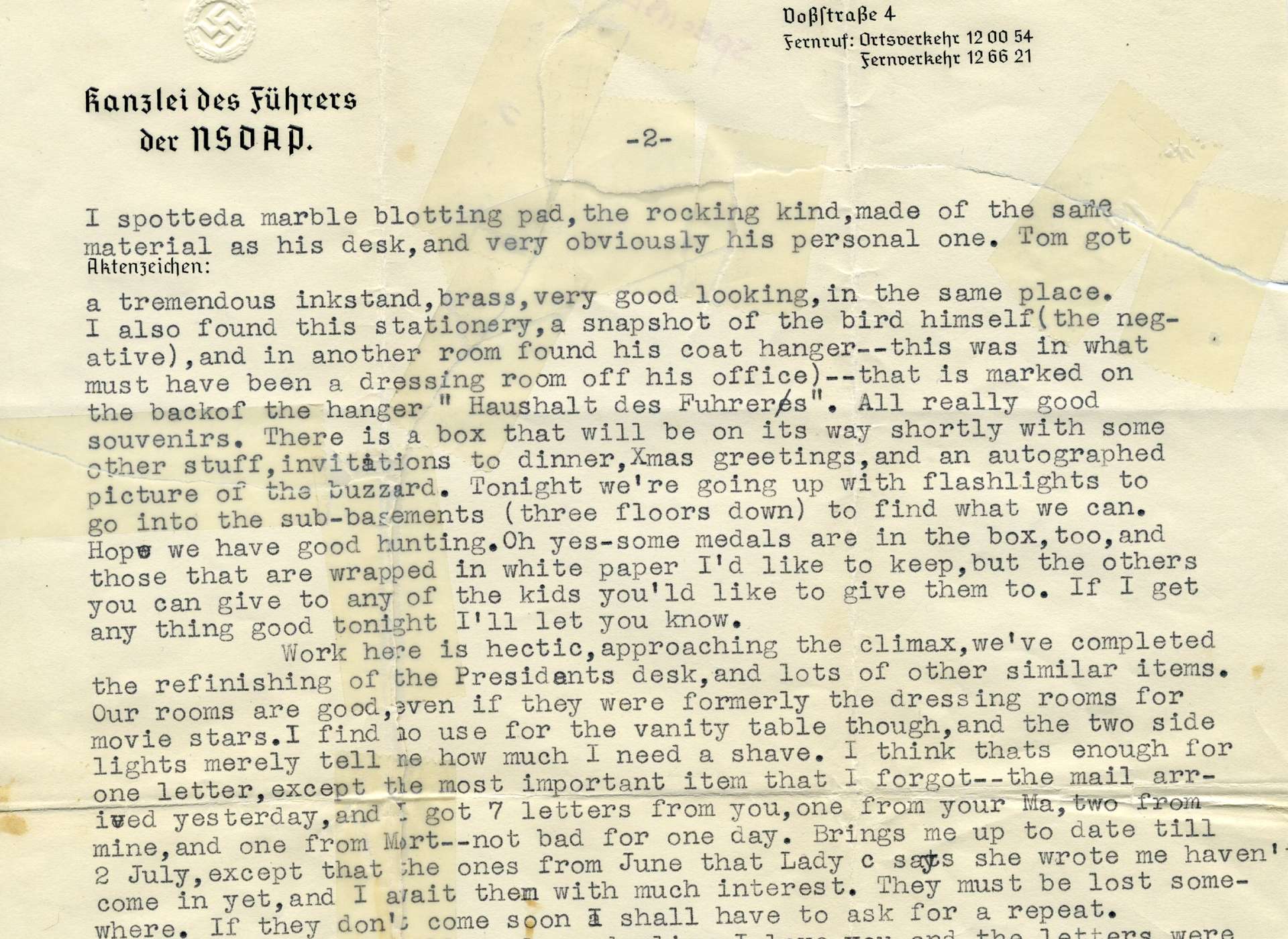
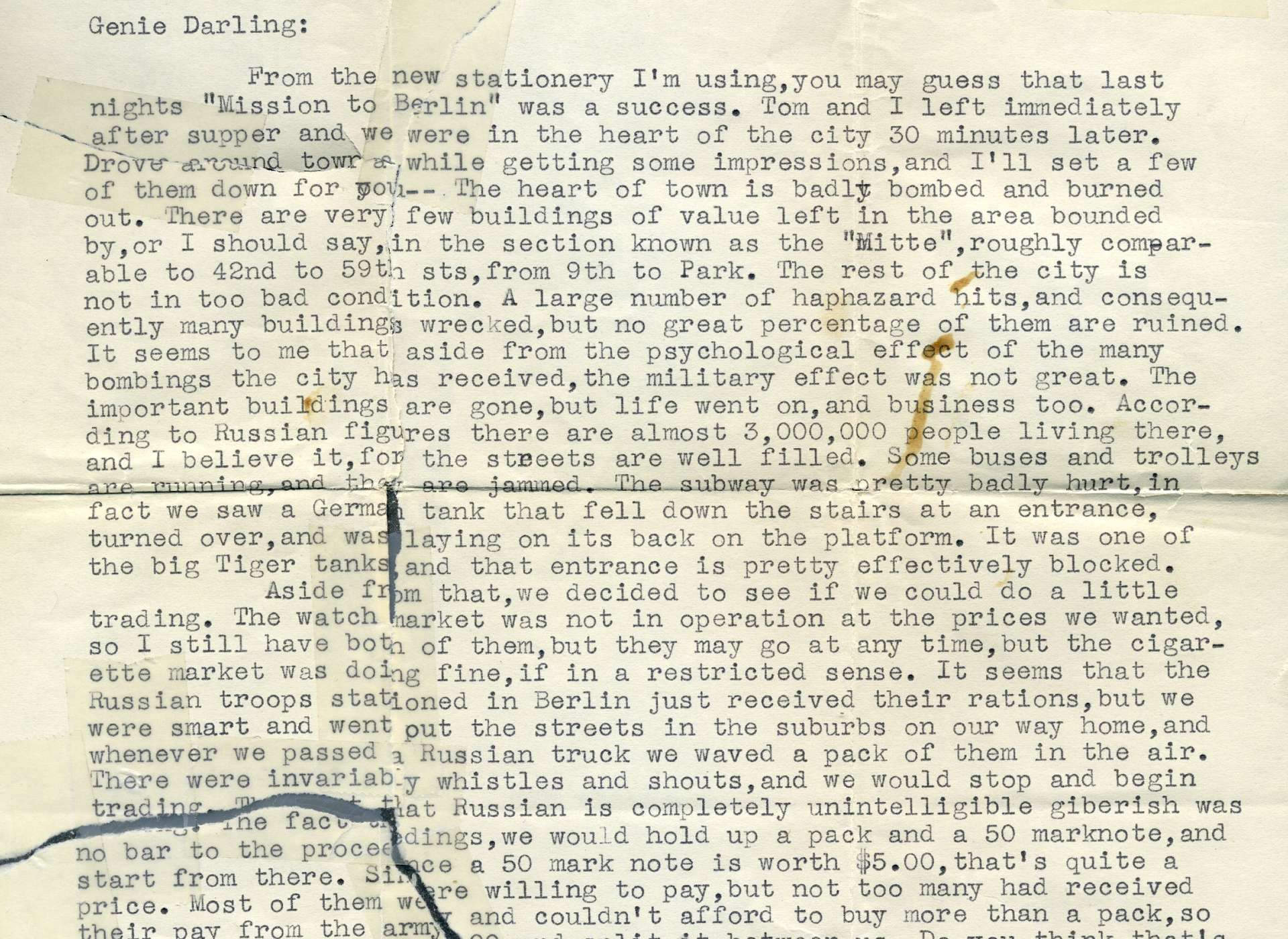

![Max Fuchs, New York City cantor, sings as Rabbi Sydney [sic] Lefkowitz, Richmond, VA, conducts the first Jewish services from Germany.](/sites/default/files/styles/max_650x650/public/2025-10/image1.jpg)






